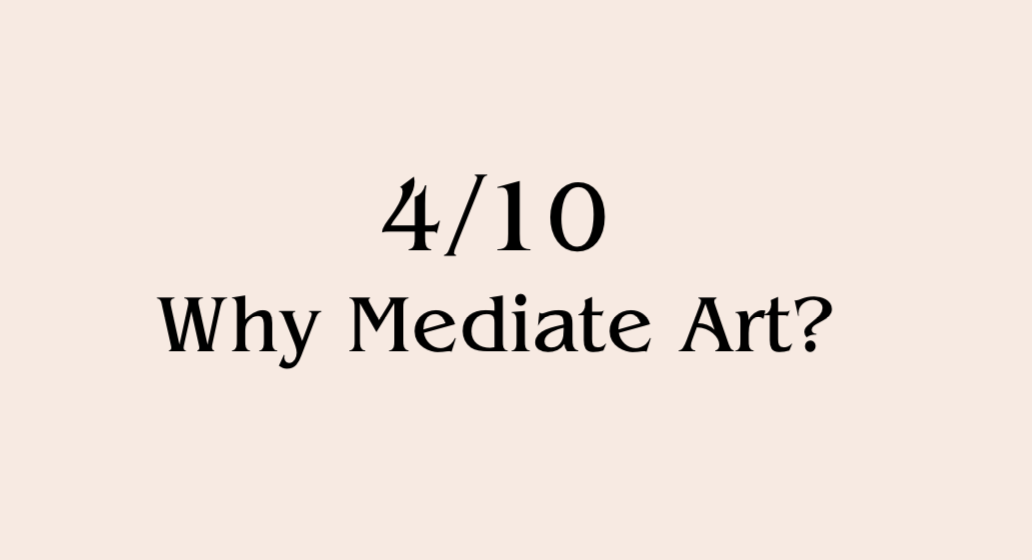
Why Mediate Art?
Maria Lind
Despite the fact that its particular brand of curat- ing was based primarily on integrated didacticism, in 1937 a separate education department was started at MoMA. Under the leadership of Victor E. D’Amico, it deviated from Barr’s ideas about a more or less detached spectator and promoted visitor participation. Instead of emphasizing enjoyment or judgment of the art on the wall, it encouraged visitors to ex- plore their own creativity. John Dewey’s pragmatist philosophy and theories about art as an emancipatory activity with great potential to stimulate political participation in democratic so- cieties played a certain role. Nevertheless, in the cases of both Barr’s educated consumer and D’Amico’s participant, a height- ened sense of individuality was promoted. This was markedly different from the collectivist approaches to spectatorship, in- fluenced by Constructivism, that around the same time and even before were promoted by artists such as El Lissitzky and curators such as Alexander Dorner, both in Europe.


